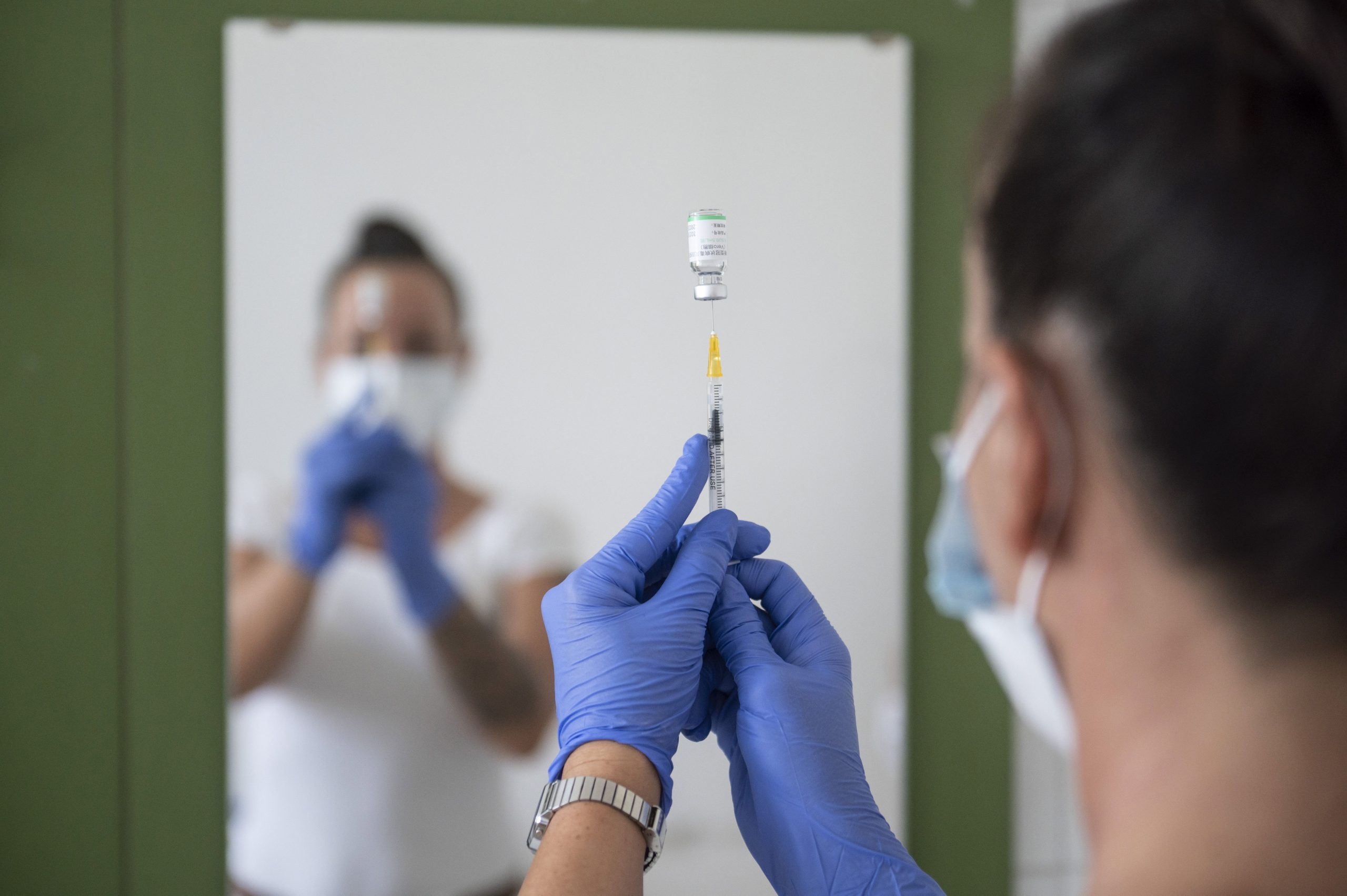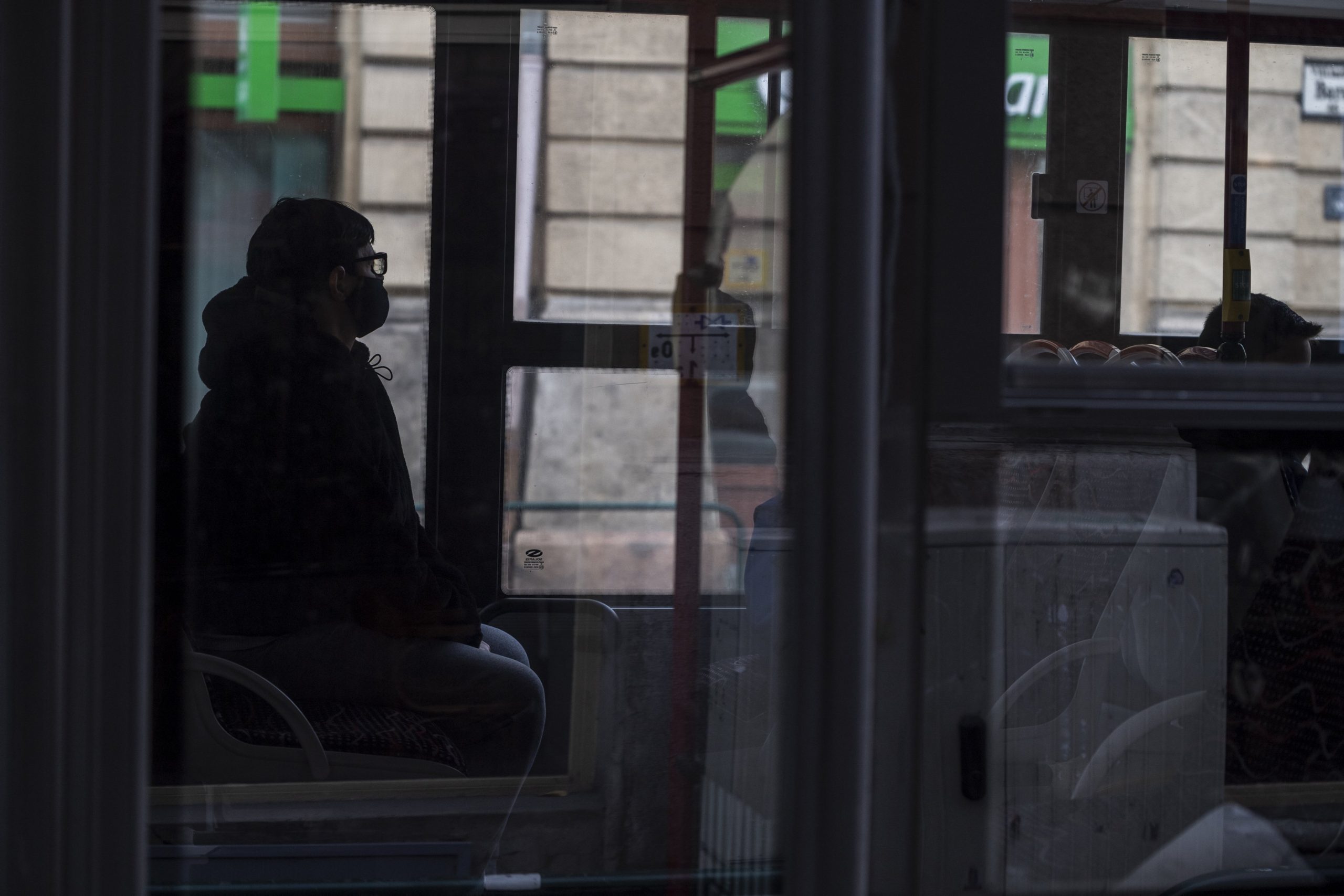
According to Gergely Röst, member of the epidemiological modeling and analysis working group, vaccination is not enough in the next critical weeks- masks and targeted measures are needed.
According to the mathematician, the increase of the virus in October is not unique to Hungary: a similar trend occurred across Central Europe at roughly the same time, so there must be a factor that is specific to the region as a whole. Of course, the extent of the reversal varies from country to country, as these countries are characterized by different levels of contagion from previous waves and have different measures in place. The level of vaccination also varies but is typically below the EU average (except in Germany, where there are also regional differences).
The article in Portfolio, written by Röst, takes the reader through the possible reasons for the increase of the coronavirus. He rules out a number of reasons, but these are the ones he thinks are (most likely) possible:
Related article
Coronavirus: 74 Fatalities in 24 Hours
The number of active infections has surpassed 45,000, with more than 3,000 Covid-patients being treated in hospitals.Continue reading
- External effects: The Balkan countries with low vaccination coverage have a very serious epidemic situation and are strongly linked to the Central European region through mobility. It is possible that the large number of imports may have played a role in the upsurge of the epidemic, although with a well-functioning epidemiological system, imports may not necessarily cause a national epidemic.
- Seasonality, environmental factors: These are a combination of partly environmental (temperature, humidity), partly biological (there is seasonality in people’s immune systems and general health), and partly human (we spend more time in poorly ventilated enclosed spaces) factors. However, recent weather changes have not been so drastic as to explain the phenomenon alone.
- Weakening immunity: The population’s defenses not only increase (through vaccination and survival) but also decrease over time. After a few months, immunity to infection weakens significantly (as we have also reported in this article and this one), but protection against the severe disease remains high for longer. However, this explanation is undermined by the fact that while Hungary was one month ahead of the rest of the region in mass vaccinations in the spring, we were no longer ahead of the others at the turn of the trend.
Related article
Public Opinion Research Results on Covid Restrictions Strongly Differ
The vast majority of Budapest residents support the mandatory wearing of masks on public transport and in enclosed spaces, and would even support further restrictive measures.Continue reading
- Competition between respiratory viruses: The different seasonal epidemics of upper respiratory viruses do not usually peak at the same time, but follow each other in an almost regular pattern: when one goes down, the other comes up. The different viruses also compete with each other. For example, people who have just been infected with rhinovirus are less likely to be infected by SARS-CoV-2 because of the immune response. Another example is that if one virus causes a large number of illnesses in schools, then many sick children stay at home, making it more difficult for other viruses to spread. In September, GPs and pediatricians reported a record number of patients with respiratory symptoms, but only a fraction of these were COVID-19. It is, therefore, possible that the outbreak of other respiratory viruses may have temporarily prevented the spread of the coronavirus, but this explanation is weakened by the fact that other respiratory viruses are currently circulating in large numbers.
- Social heterogeneity: In the previous waves, we also saw significant differences in the involvement of certain social groups. There are also significant spatial inequalities in vaccination coverage, and there were regions in previous waves where the epidemic arrived later. It is possible that the fourth wave is now reaching vulnerable groups with lower vaccination coverage, and therefore spreading more rapidly.
Related article
Epidemiologist Forecasts 150-180 Daily Covid Deaths for End of November
In the coming days, relatively low infection rates are expected due to the autumn school holidays, but after that, the number of infected people could increase dramatically, epidemiologist Gábor Vattay said.Continue reading
According to Röst, the current vaccination coverage (which is lower than in Western European countries) is not sufficient against the delta variant alone. Toxicologist Gábor Zacher also noted earlier that “the 60% vaccination rate, after the initial big run-up, is not something to be proud of.” The delta variant is about three times more infectious than the virus that caused last autumn’s outbreak. It is very important to increase vaccination coverage in Hungary, and as many of those who have already been vaccinated should apply for a third vaccination as soon as possible, Röst says. However, Hungary is among the first to start the third vaccination, and we are ahead of the rest of the region. The third dose is not a curiosity, as for many diseases the whole vaccination series consists of three or more doses, and lasting immunity is established after that.
Related article
Compulsory Vaccination Would Bring Public Transport to a Halt, According to Union Leaders
Personal persuasion and a reward system would work better in the long term, but there would still be many who will refuse to get vaccinated, a union leader said.Continue reading
The mathematician brings up Israel as an example: Israel was in a similar situation at the end of the summer, with around 60% vaccination coverage. This situation was resolved by revaccinating a third of the population with the third dose in a few weeks and placing restrictions, successfully breaking the wave of the delta variant.
But even a new vaccination campaign cannot have a significant impact on what happens in the weeks ahead, because there is not enough time. If the peak of the fourth wave is to be significantly mitigated, other means are needed, including wider mask use and other targeted measures in proportion to the risk. It is no doubt disappointing for many that a year and a half after the start of the pandemic we are in this situation again, but the sooner we face it, the better chance we have of avoiding more serious consequences, Gergely Röst concluded.
Featured image: Zoltán Balogh/MTI

